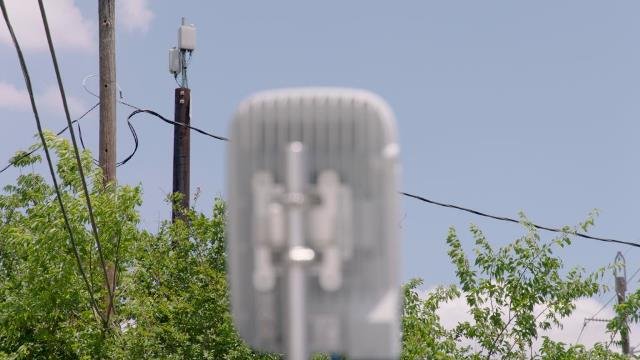5G deployment is posing significant challenges to telecom engineers due to technology and regulatory issues.

The latest GSMA report said mobile operators will be investing around $480 billion between 2018 and 2020 in Capex – mainly driven by 5G mobile service providers because quality of 5G services will depend on hyper dense network.
5G networks will be ready in 64 new markets over the 2021–2025 period, bringing the total number of 5G networks to 116.
Telecom network engineers know that mobile operators will need to deploy small cells at every 200-250 meters on many types of infrastructure such as electric utility poles, street light poles, bus stands, roof tops, traditional cell towers, etc.
Telecom operators are experiencing significant challenges in the deployment of small cells. Telecom operators need to contact several authorities / institutions for obtaining approvals / clearances such as site acquisition, municipal clearance, RF compliance certification, environment clearance, power supply management, etc.
Indian telecoms will have to deploy small cells at a faster pace and at greater density to start commercial roll-out of 5G services by 2020, a TRAI whitepaper on 5G said. Telecoms will depend on public infrastructure such as street lights, traffic lights, metro pillars, electricity poles, public buildings / rooftops for deploying small cells due to their density.
Telecom engineers are also finding it difficult to pull fibre to cell sites due to cost, time and logistical challenges. Microwave is a cheaper and convenient option for telecom network engineers in comparison to fibre.
Indian IT services provider Infosys announced a cost-effective way to perform 5G network design and deployment.
The new solution – developed in association with HERE Technologies and Shields – will help enterprises including mobile network operators (MNOs) save both time and money when performing 5G radio frequency planning.
The companies estimate that it would enable enterprises to reduce the time to identify real estate acquisition for 5G small cells as well as cut the cost of RF design by more than 40 percent.
The solution – announced at the Mobile World Congress – includes machine learning and a service delivery framework from Infosys; expertise in RF and C-RAN design from Shields; and large, precise, 3D datasets derived from terrestrial LiDAR and other remote sensed content from HERE.
The expertise of HERE in extracting features and 3D derivative objects such as poles, trees, terrain models, and buildings lends a new level of precision to RF planning for 5G mmWave networks that far surpasses the accuracy of conventional GIS data.
More accurate network planning also enables MNOs to cut costs by significantly reducing the number and length of physical site-surveys. Network team at MNOs can perform upgrades, install equipment, add capacity or respond to environment changes.
Michiel Verberg, senior manager, Strategic Partners, HERE Technologies; Gerrit van Dijken, chief technology officer at Shields; and Nitesh Bansal, global head Engineering Services at Infosys are part of the team.





